In the harsh winter landscapes where most reptiles would perish, one remarkable snake has evolved an extraordinary superpower – the ability to survive being frozen solid. The common garter snake (Thamnophis sirtalis) can endure temperatures fatal to most cold-blooded creatures, making it one of nature’s most impressive cold-weather survivors. These resilient reptiles have developed fascinating physiological adaptations that allow them to hibernate through winter in a state resembling suspended animation, only to thaw out and continue living when spring arrives. This incredible feat of survival showcases one of evolution’s most remarkable solutions to extreme environmental challenges.
The Remarkable Garter Snake: Nature’s Freeze-Resistant Wonder
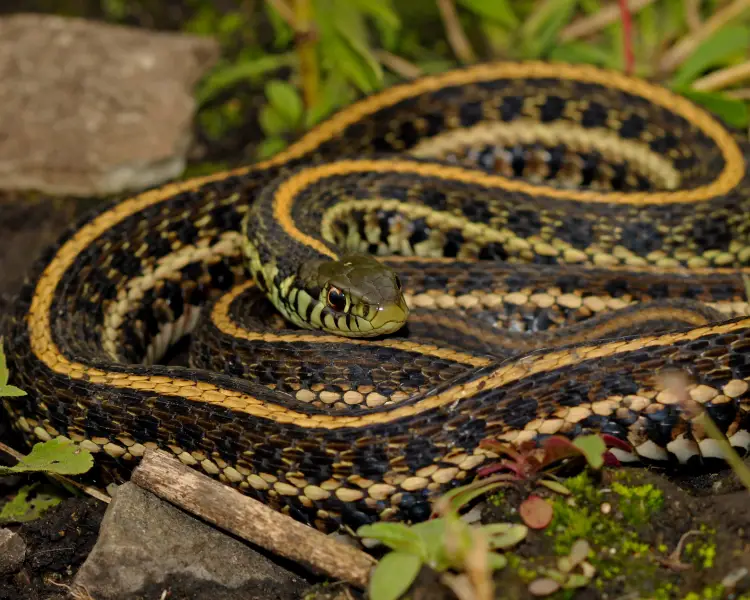
The common garter snake, found throughout much of North America, has earned its reputation as one of the most cold-hardy reptiles on the planet. Though several snake species can tolerate cold conditions, the garter snake stands out for its exceptional ability to survive actual freezing temperatures. These slender reptiles, typically measuring between 18-26 inches in length, are recognizable by their distinctive longitudinal stripes running the length of their bodies. Their widespread distribution across varying climates, from southern Canada to parts of Mexico, demonstrates their remarkable adaptability to different thermal environments. This ability to thrive in such diverse conditions hints at the special physiological mechanisms that allow them to withstand the most extreme cold their range has to offer.
The Science Behind Freeze Tolerance
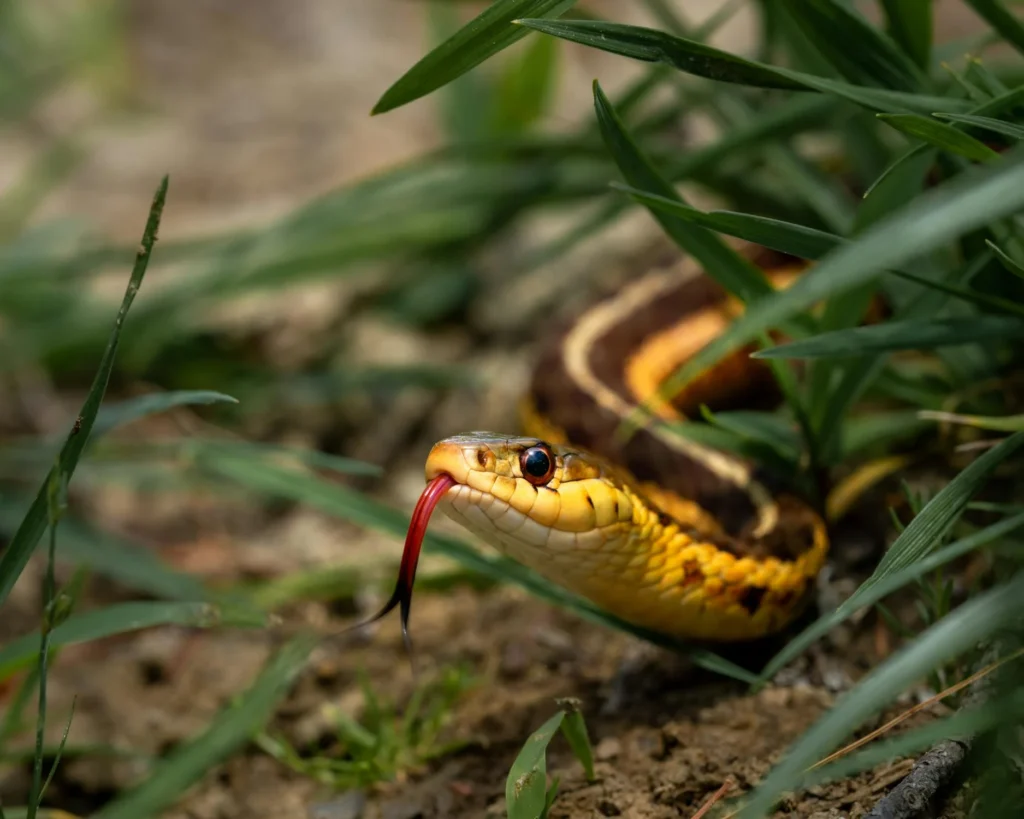
Garter snakes employ a sophisticated biological mechanism called “supercooling” to survive freezing temperatures. This process involves the production of specialized proteins and glucose that act as natural antifreeze compounds in their bloodstream and tissues. These compounds lower the freezing point of their bodily fluids and prevent the formation of ice crystals that would otherwise damage cell membranes and cause fatal injury. Unlike many cold-weather animals that simply resist freezing, garter snakes can survive having portions of their bodies actually freeze, with up to 65% of their body water turning to ice in extreme conditions. Their hearts may stop beating, their blood may stop flowing, and their metabolic processes slow to nearly imperceptible levels – yet remarkably, they can recover completely when temperatures rise. This partial freeze tolerance represents one of the most extraordinary adaptations in the reptile world.
Winter Hibernation Strategies
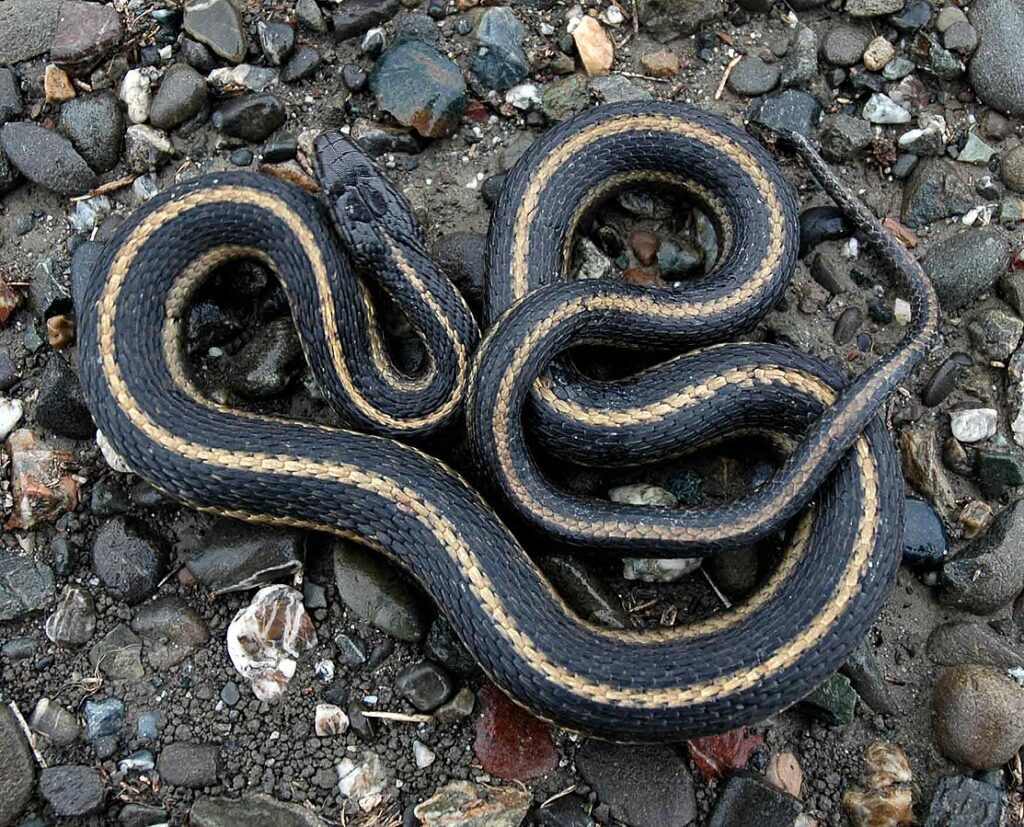
When winter approaches, garter snakes engage in a behavior called brumation – the reptilian equivalent of hibernation. They seek out underground dens known as hibernacula, often using abandoned rodent burrows, rock crevices, or other natural cavities that extend below the frost line. These winter refuges provide critical insulation from the harshest surface temperatures. Fascinatingly, garter snakes are known for communal brumation, with dozens or even hundreds of individuals sharing the same den during winter months. This social clustering creates a thermal advantage, as the collective mass helps maintain a more stable temperature than a solitary snake could achieve. The snakes remain in these dens from late autumn until spring, emerging when ambient temperatures consistently rise above 50°F (10°C).
Geographical Distribution and Cold Adaptation
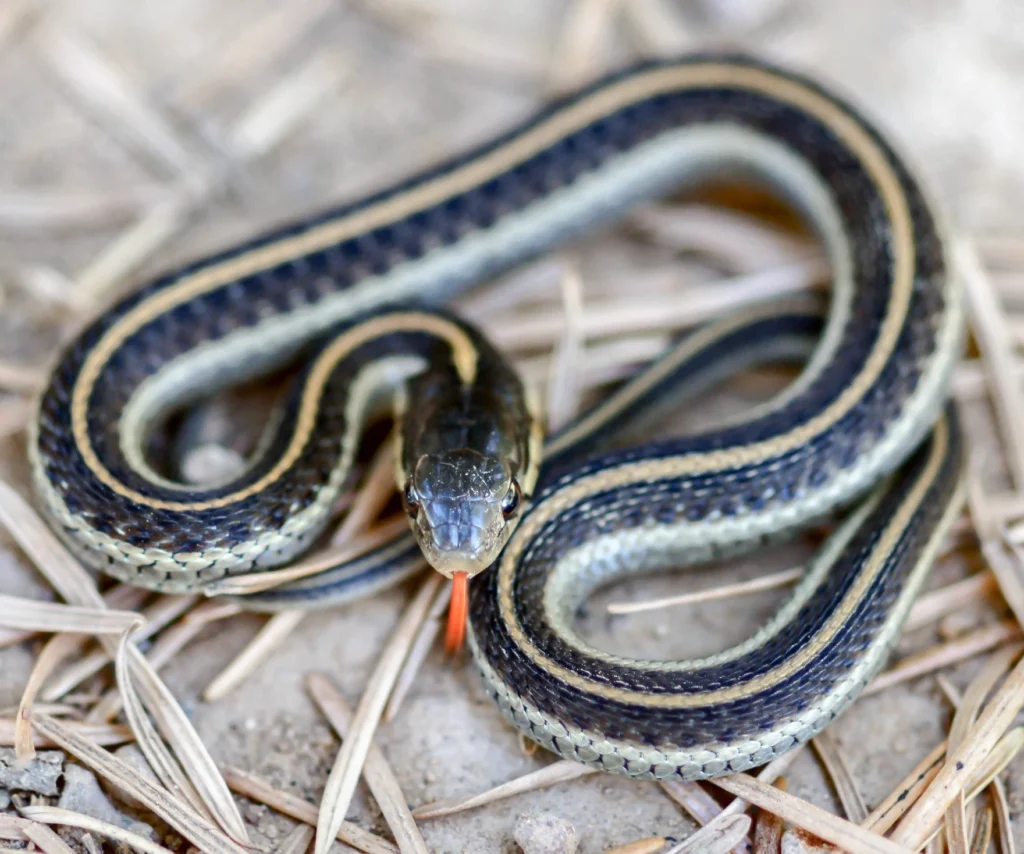
The garter snake’s remarkable cold tolerance has allowed it to establish populations farther north than almost any other snake species in the Western Hemisphere. They can be found throughout much of Canada, including regions where winter temperatures regularly plunge well below freezing for months at a time. Different subspecies and regional populations have evolved varying degrees of cold hardiness, with northern populations typically displaying more robust freeze tolerance than their southern counterparts. This geographical variation demonstrates the evolutionary adaptability of these remarkable reptiles. Research has shown that garter snakes from Manitoba, Canada, for instance, exhibit significantly greater freeze tolerance than those from more temperate regions, highlighting the role of natural selection in shaping these adaptations.
Metabolic Miracles: How They Survive the Big Freeze

During brumation, garter snakes undergo dramatic metabolic changes that enable their remarkable freeze tolerance. Their heart rate drops from around 40 beats per minute to less than one beat per minute, and their oxygen consumption decreases by up to 95%. The snakes convert liver glycogen to glucose, flooding their tissues with this natural antifreeze compound to protect cells from ice damage. Additionally, they redistribute water within their bodies, removing it from cells where ice formation would be fatal and concentrating it in areas where freezing causes less harm. Their bodies also produce specialized proteins that control ice crystal formation, ensuring that when freezing does occur, it happens in ways that minimize tissue damage. This metabolic orchestra represents one of nature’s most sophisticated survival strategies.
The Thawing Process: Returning to Life
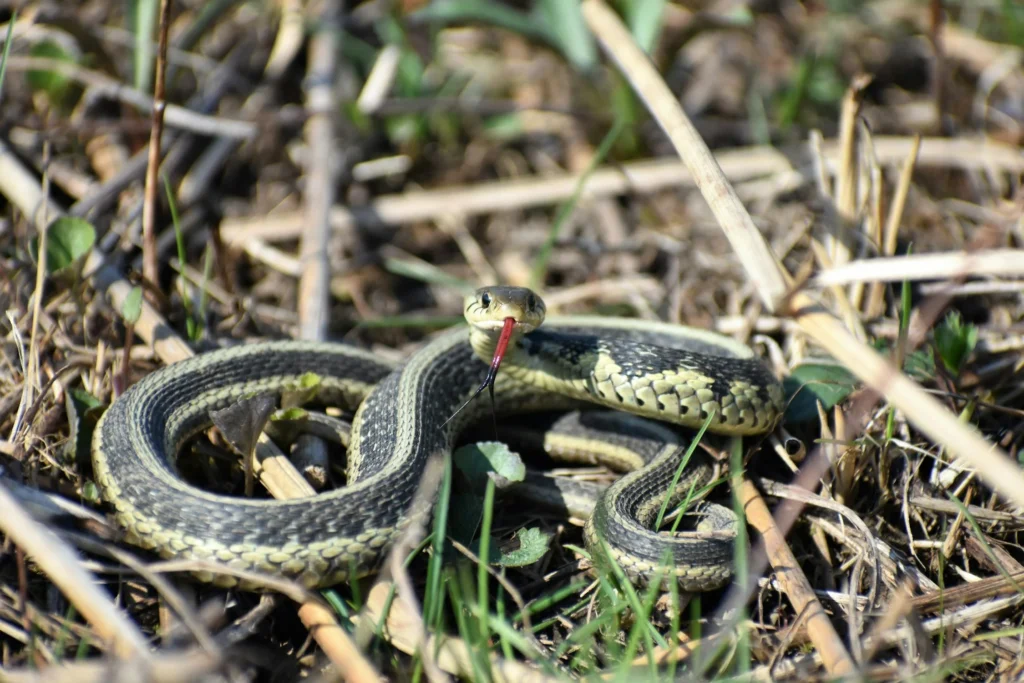
Perhaps the most remarkable aspect of the garter snake’s freeze tolerance is its ability to safely reverse the process when temperatures rise. As their environment warms, the frozen tissues gradually thaw in a carefully orchestrated sequence that prevents damage from rapid temperature changes. Blood flow slowly resumes, starting at the heart and gradually extending to peripheral tissues. Metabolic processes gradually accelerate, and the snake begins to process the accumulated glucose and other metabolites that sustained it through winter. Within hours of complete thawing, the snake can resume normal movements and behaviors, though it may take several days for all physiological functions to return to pre-freezing levels. This remarkable recovery process occurs without any apparent long-term damage to the animal’s health or function.
Comparing Cold Strategies Among Reptiles
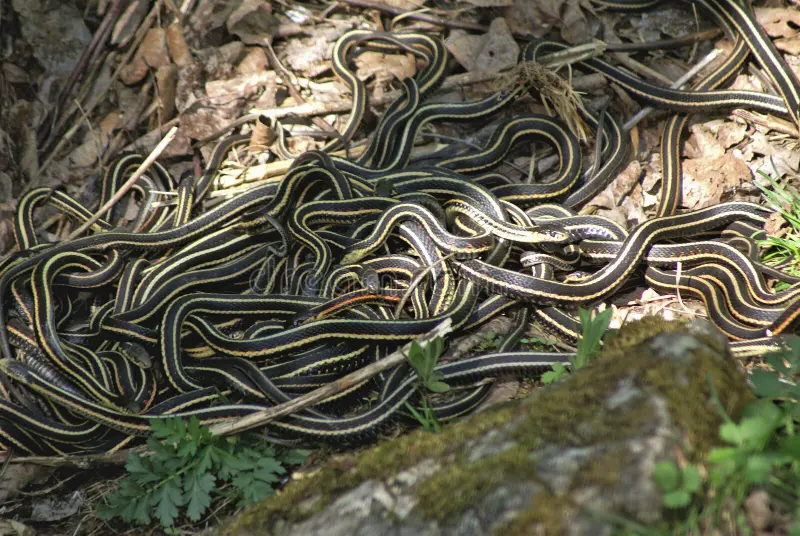
While the garter snake’s freeze tolerance is exceptional, it’s worth comparing to other cold-weather reptile survival strategies. Painted turtles, for instance, can survive having their bodies freeze, but employ different biochemical mechanisms than garter snakes. Wood frogs are perhaps the best-known freeze-tolerant vertebrates, capable of surviving with up to 65% of their body water converted to ice. Among snakes, the common garter snake stands out, though some related species like ribbon snakes also display modest freeze tolerance. Most other reptiles employ freeze avoidance rather than freeze tolerance, seeking deep hibernacula below the frost line or using other strategies to prevent their bodies from reaching freezing temperatures. The garter snake’s approach represents a relatively rare evolutionary solution to the challenge of surviving extreme cold.
Research and Scientific Understanding
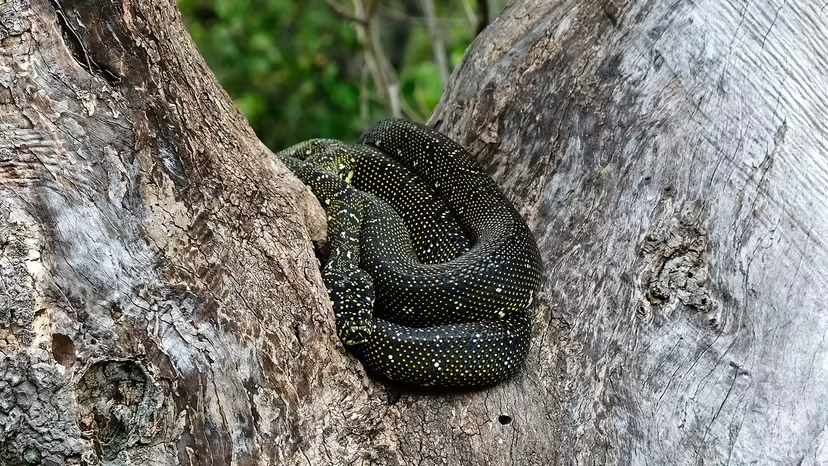
Scientists have been studying the freeze tolerance of garter snakes for decades, with research accelerating in recent years as advanced genetic and molecular techniques have become available. Researchers at universities in Canada and the northern United States have conducted extensive investigations into the physiological mechanisms behind this remarkable adaptation. Current research focuses on identifying the specific genes involved in freeze tolerance and understanding how they are regulated during the freezing and thawing process. This research has implications beyond herpetology, potentially informing medical applications such as improved organ preservation techniques for transplantation or treatments for frostbite and hypothermia in humans. The garter snake’s natural antifreeze compounds may one day inspire new pharmaceutical developments.
Ecological Importance of Cold-Hardy Snakes
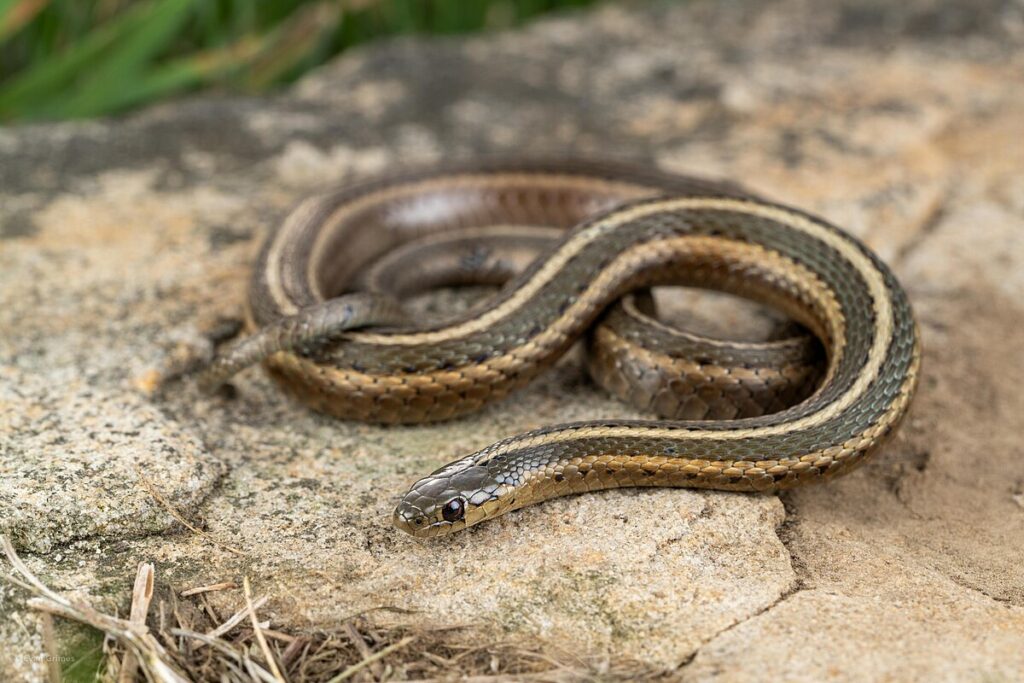
The garter snake’s ability to survive freezing temperatures plays a crucial ecological role in northern ecosystems. As one of the few reptile predators active in cold regions, they help control populations of various small animals, particularly amphibians and invertebrates. Their presence year after year provides food for larger predators and contributes to the biological diversity of northern habitats. By being among the first reptiles to emerge in spring, they begin their predatory activities earlier than other snake species, helping to regulate prey populations throughout the growing season. This ecological niche would likely remain unfilled without their remarkable cold tolerance, as few other reptiles could survive in these challenging environments.
Climate Change Implications for Freeze-Tolerant Snakes
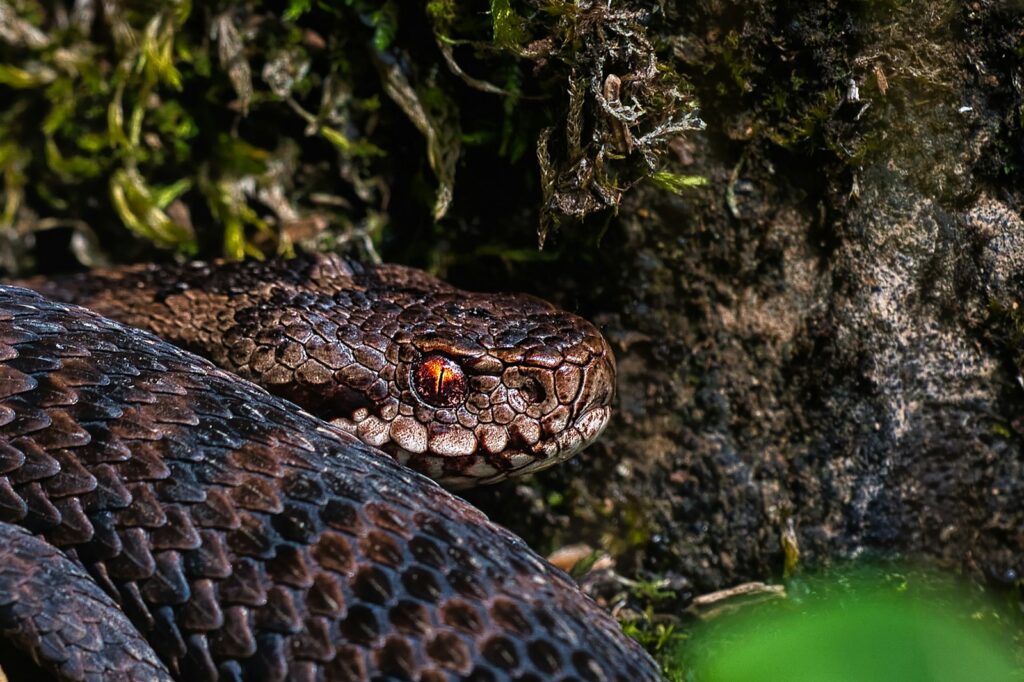
Climate change presents both opportunities and challenges for freeze-tolerant garter snakes. Warming temperatures may allow populations to expand northward into previously uninhabitable regions, potentially increasing their overall range. However, changing winter conditions might also disrupt the predictable cold periods that trigger their brumation behaviors. More frequent freeze-thaw cycles could force snakes to expend precious energy reserves repeatedly preparing for and recovering from freezing. Additionally, warmer winters might allow competing snake species to move northward, introducing new predators, competitors, and diseases to regions where garter snakes previously dominated. Researchers are actively monitoring how these climate-driven changes affect garter snake populations and their remarkable freeze tolerance adaptations.
Cultural and Historical Significance
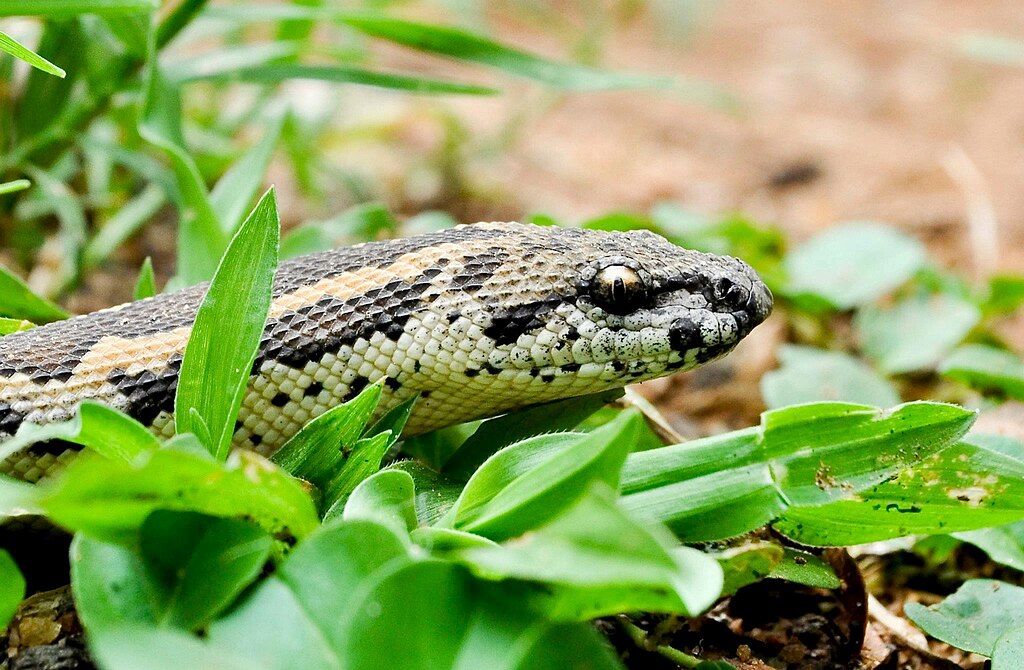
The garter snake’s remarkable ability to “come back to life” after freezing has captured human imagination for centuries. Indigenous peoples of North America incorporated these observations into their oral traditions and mythology, often associating the snake with themes of rebirth and renewal. Early European settlers and naturalists documented the phenomenon in their journals, expressing wonder at finding seemingly lifeless snakes that revived when warmed. In modern times, the garter snake’s freeze tolerance has been featured in numerous nature documentaries and educational programs, helping to foster appreciation for these often-misunderstood reptiles. Their survival story serves as a powerful reminder of nature’s ingenuity and the extraordinary adaptations that evolution can produce.
Conservation Status and Human Interactions

Despite their remarkable adaptability, garter snake populations face various threats in the modern world. Habitat loss, road mortality, and persecution by humans all impact their numbers in certain regions. While the common garter snake remains abundant across much of its range, several subspecies and local populations have experienced significant declines. Conservation efforts focus on protecting hibernacula, as these critical winter refuges often represent bottlenecks in garter snake survival. When these traditional denning sites are destroyed, entire local populations may be lost, regardless of their freeze tolerance. Educational outreach helps combat negative attitudes toward snakes, emphasizing their ecological importance and harmless nature toward humans.
The common garter snake’s ability to withstand freezing temperatures stands as one of nature’s most remarkable adaptations. Through complex physiological mechanisms and specialized behaviors, these resilient reptiles have conquered environments that would be fatal to most cold-blooded animals. Their freeze tolerance represents an elegant evolutionary solution to the challenge of surviving harsh winters without the benefit of endothermy or migration. As our understanding of these mechanisms continues to deepen, the humble garter snake may offer insights that benefit fields ranging from wildlife conservation to human medicine. In their quiet winter dens, partially frozen yet still alive, these remarkable creatures remind us of the extraordinary diversity of survival strategies that have evolved on our planet.




